Author:
Monica Porter
Date Of Creation:
15 March 2021
Update Date:
1 July 2024

Content
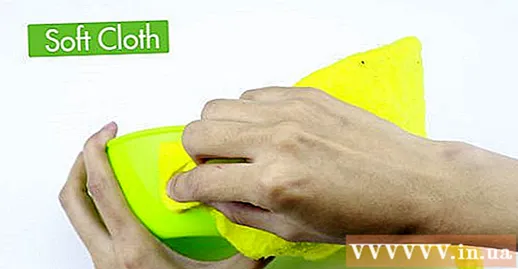
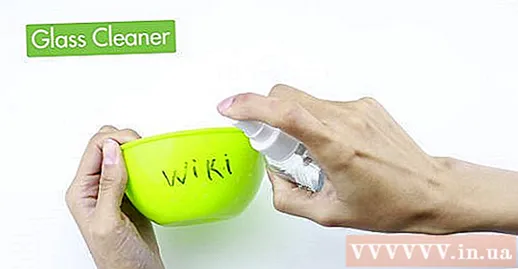
Method 2 of 5: Clean ink stains with the magic Eraser
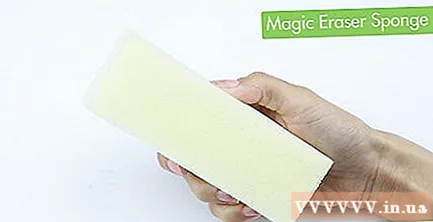
Cut the sponge into small pieces. This will make it easier to manipulate, and doing it little by little is also more beneficial.
Dip the sponge in the water. If the stain is too stubborn, you can use rubbing alcohol instead.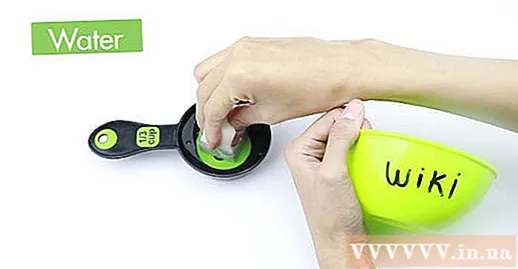
Use a sponge to scrub the stain with circular motions until clean. Don't press too hard. You may need to rub it for 5-10 minutes to start seeing results. advertisement
Method 3 of 5: Clean ink stains with alcohol
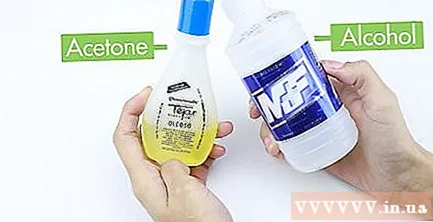
With curved surfaces and small ink stains, you can dip a cotton ball in alcohol to wipe it. If you are using hand sanitizer, simply place a few drops on the stain and rub the stain with your fingers to cover the entire stain.
Wipe off the stain with a cotton ball. This method is suitable for cleaning curved surfaces as well as for keyboard and phone. If the stain still won't clean, use a freshly soaked alcohol cotton ball and apply it to the stain for a few minutes before wiping it off. Do not use this method with acetone; Acetone can melt resin if it takes too long.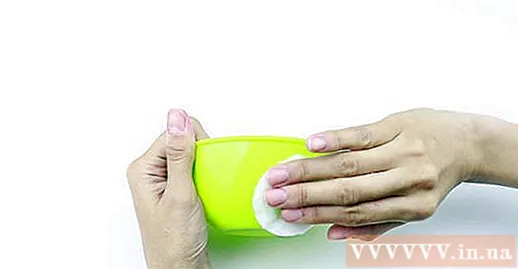
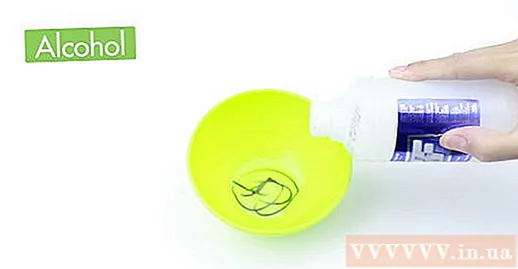
With flat surfaces and large ink stains, you can pour alcohol on top. Use your finger to rub to cover the entire stain.
Wipe off the stain with a paper towel. For stubborn stains, leave the alcohol on the surface for a few minutes. Again, do not leave acetone on the plastic for more than a few seconds, lest it damage the plastic surface.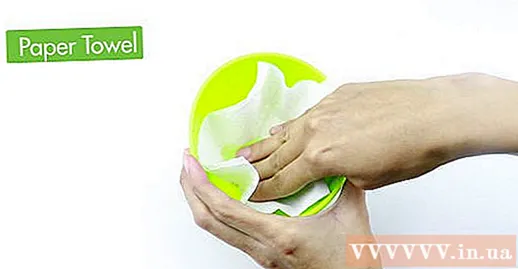
Continue wiping the plastic surface with alcohol swab until the stain is gone. The ink stains after the first wipe are mostly clean but may still leave traces behind. Remember that the longer the ink stain on the plastic, the harder it will be to remove it; In some cases, the stain may soak too deeply into the plastic, and you may still see ghosting of the stain. advertisement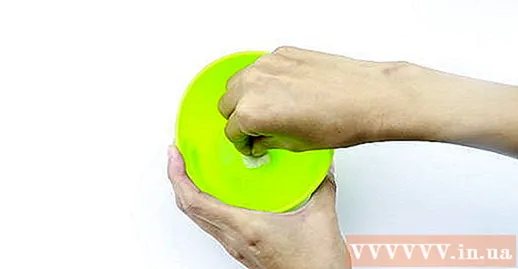
Method 4 of 5: Clean the stain with baking soda and toothpaste
Mix baking soda and toothpaste into a paste. Measure the same amount of toothpaste and baking soda and mix well with a spoon or fork. You can also use a toothpick or popsicle stick to mix.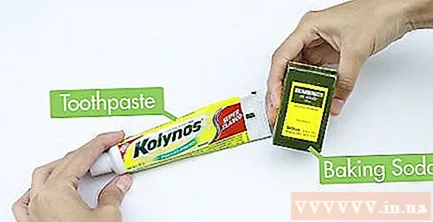
Spread the mixture on the ink stain. You need to apply a moderate amount, neither too thin nor too thick. If you still see the ink stains through the mixture of toothpaste and baking soda, you may need to apply a little more.
Brush the stain for a minute. If the plastic is rough, you should use a toothbrush; The bristles will creep into every nook and cranny to clean the ink stains. If the surface is smooth, you can use a towel or finger and don't scrub too hard to scratch the plastic surface.
Rinse the plastic surface. Baking soda and toothpaste may have removed most of the stain, but you might want to consider using a little rubbing alcohol to remove any blemishes. advertisement
Method 5 of 5: Clean stains with other products
Try tea tree oil. The oil will help dissolve the marker stains; The smell of tea tree oil is also much more pleasant than rubbing alcohol or acetone. Simply soak tea tree oil in a cotton ball and rub it over the stain until it's clear.For very small positions, you can replace the cotton ball with a cotton swab. Wipe it off again with a paper towel.
- If there is still oil on the plastic surface, wipe it off with an alcohol swab.
Remove ink stains with pencil eraser. Be sure to use a good quality rubber pencil eraser. This will work best on matte ink stains and smooth surfaces. Simply rub the eraser over the stain until it is gone.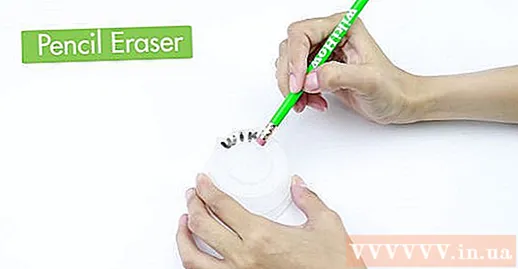
Try sunscreen. The sunscreen contains oils that help dissolve the chemicals in the brush ink. Note that the oil in the sunscreen can stain some surfaces, so try it out first.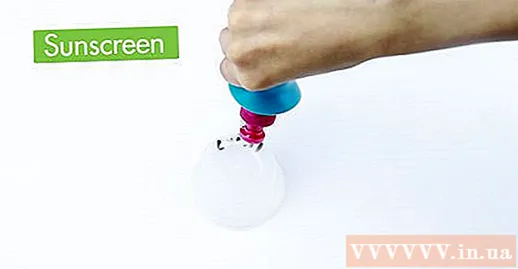
Consider using baking soda and vinegar. Sprinkle a little baking soda over the stain, then spray white vinegar. Let the mixture lather on the stain for a few minutes, then wipe it off with a washcloth.
Try hydrogen peroxide. Be sure to buy hydrogen peroxide in a dark bottle at the first aid supply counter in the pharmacy. Soak a cotton ball with hydrogen peroxide and wipe it off. With large ink stains, you can pour hydrogen peroxide directly onto the surface and wipe it off with a paper towel.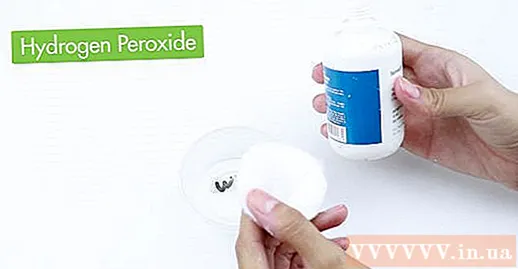
Use a hair spray. The chemicals in the hairspray dissolve the stain and make cleaning easier. Just spray on the affected area and wipe it off with a paper towel. Remember that some chemicals in the hair spray can damage certain plastic surfaces. You should test it on a blind spot before applying it to the stain.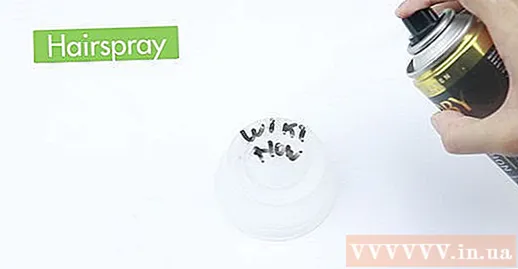
Use oil-based cleaning products with caution. Products like Goo-Gone and Goof-Off can be very effective at removing sticky stains or stains, including permanent marker stains. However, the chemicals in these products can also damage some surfaces, especially glossy ones. You need to read the manufacturer's instructions and consider trying it out in a hard-to-see angle first. After wiping, there may still be some oil on the plastic surface. Use an alcohol swab to clean it. advertisement
Advice
- Depending on whether the stain is new or old and how strong the ink is, you may need to clean it several times.
- Try using pencil eraser to erase marker from cellophane, very effective!
Warning
- Always test a hidden spot on a plastic surface first, especially if you use chemicals like acetone, sunscreen, and any oil-based product.



